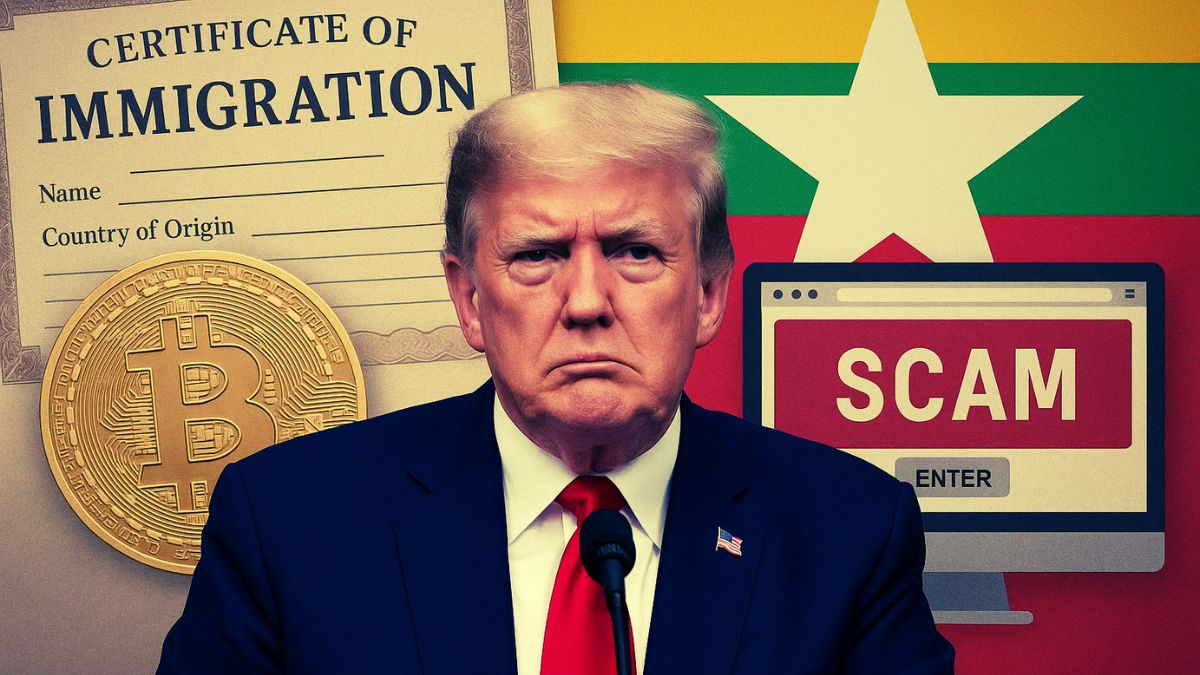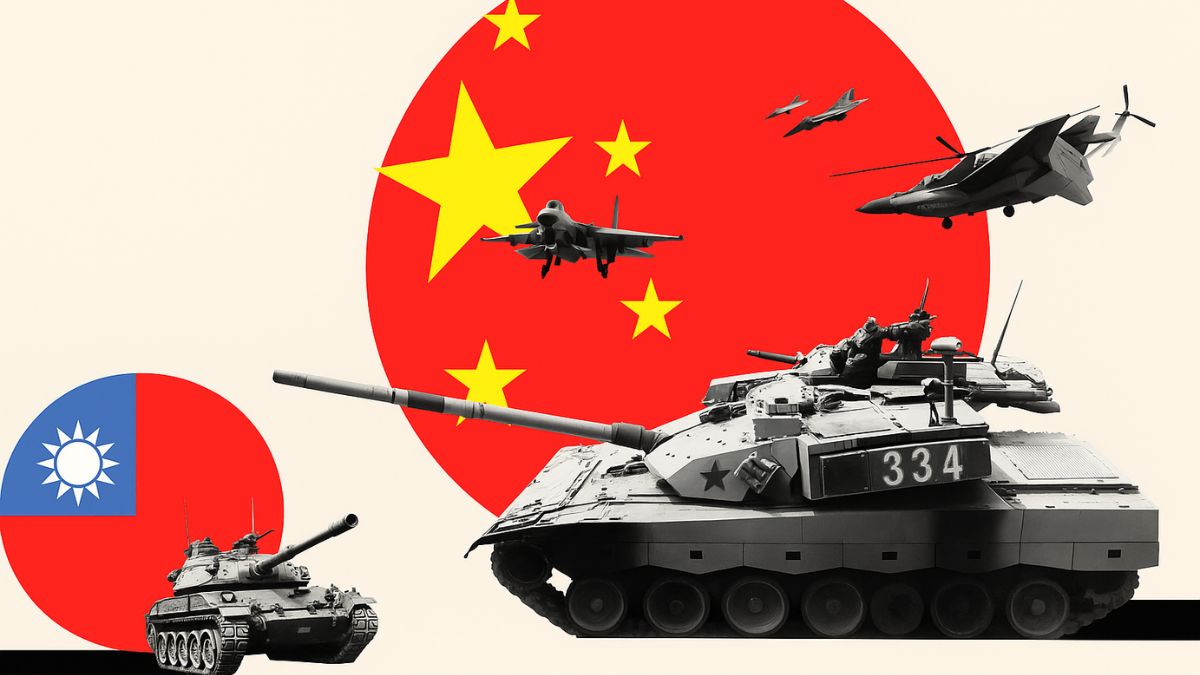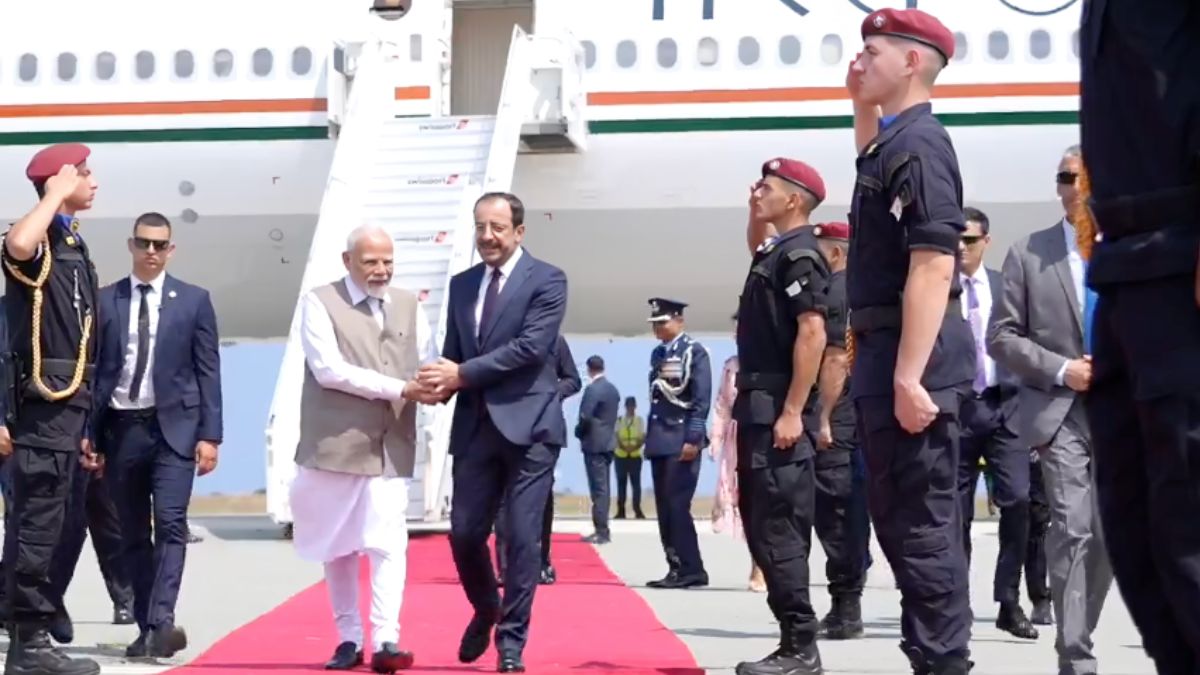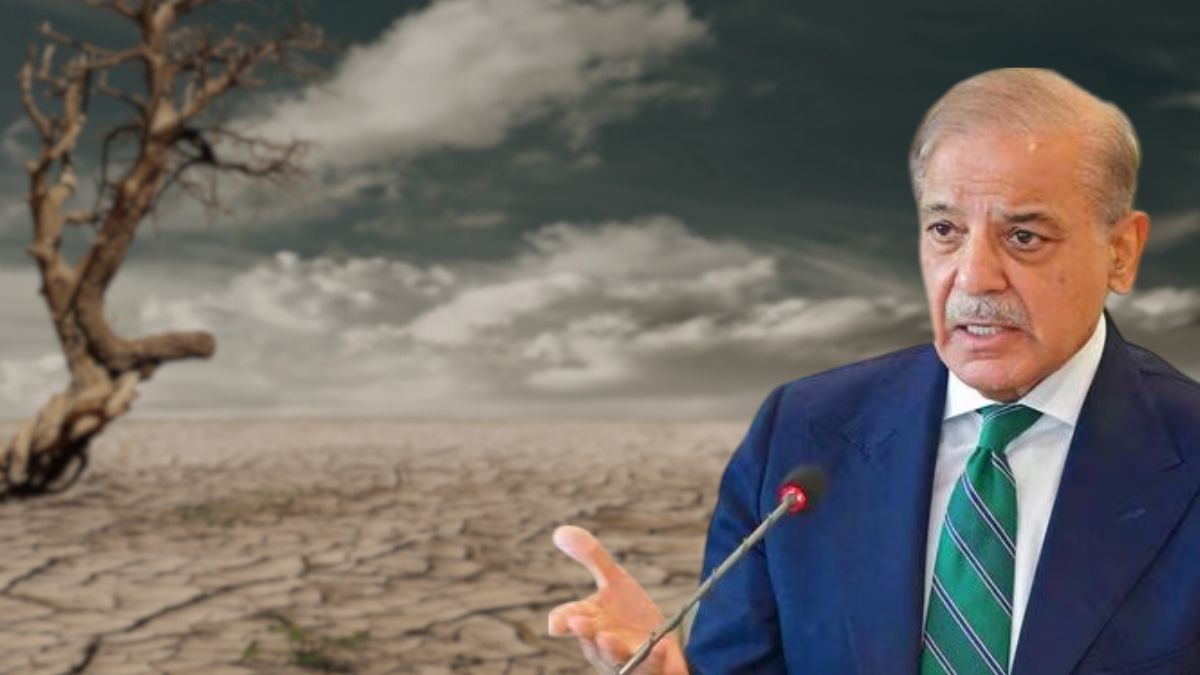Top 10 Takeaways From Wang Yi’s India Visit: Border Talks, Trade Easing, And Modi’s Upcoming SCO Summit

PM Narendra Modi and Chinese Foreign Minister Wang Yi met in New Delhi and discussed cooperation between the two nations. Image courtesy: X.com/@SpoxCHN_LinJian
Chinese Foreign Minister Wang Yi’s three-day visit to India which ended August 20, marked an important phase in efforts to stabilise bilateral relations after years of tensions. From an invitation to Prime Minister Narendra Modi for the Shanghai Cooperation Organisation (SCO) Summit in Tianjin to agreements on trade and boundary consultations, the visit set a “positive trend,” as Wang Yi put it, in India-China engagement.
Here are the top 10 takeaways from the high-level exchanges in Delhi:
1. PM Modi to Attend SCO Summit in China
Wang Yi conveyed an invitation from President Xi Jinping for Prime Minister Modi to attend the SCO Summit in Tianjin on August 31–September 1. Modi accepted, calling stable and constructive India-China relations vital for “regional and global peace.” This will be his first visit to China in seven years, since the 2018 Qingdao SCO Summit.
2. ‘Positive Trend’ in Bilateral Ties
Wang Yi underlined that relations had entered a “positive trend” since the Modi–Xi meeting in Kazan last year. Both leaders agreed that quiet borders and greater dialogue had helped restore trust. National Security Agency (NSA) Ajit Doval also noted an “upward trend” in ties since December’s Special Representatives’ talks in Beijing.
3. Resumption of Fertiliser and Rare Earth Exports
In a major economic breakthrough, Wang Yi assured External Affairs Minister Dr S. Jaishankar that China will resume exports of fertilizers, rare earth minerals, and tunnel boring machines (TBMs) to India. Supplies had been disrupted for nearly a year, affecting agriculture, auto manufacturing, and infrastructure projects.
4. Border Stability and New Mechanisms
Ajit Doval and Wang Yi co-chaired the 24th round of Special Representatives’ talks on the boundary issue. Both sides agreed that peace has largely prevailed along the Line of Actual Control (LAC) since last year’s disengagement. They announced an Expert Group under the Working Mechanism for Consultation & Coordination (WMCC) to work on “early harvest” delimitation and new General Level Mechanisms for the eastern and middle sectors.
5. India Raises Terrorism Concerns
India strongly flagged terrorism, including cross-border threats, during talks. Jaishankar stressed that countering terrorism is central to the SCO’s founding mission. Wang Yi acknowledged that the issue should be given the “highest priority.”
6. Taiwan Issue Sparks Tension
China claimed India reaffirmed its “One China” stance on Taiwan, but the Ministry of External Affairs quickly clarified that there is “no change” in India’s nuanced policy. Sources said Jaishankar retorted that Beijing itself engages with Taiwan in the same fields that India does, highlighting New Delhi’s intent to maintain economic and cultural ties with Taipei.
7. Hydropower and River Concerns
Jaishankar raised India’s objections to China’s planned mega dam on the Yarlung Tsangpo (Brahmaputra). He stressed the need for transparency, given the impact on downstream states. Wang Yi agreed to strengthen data-sharing on hydrology during emergencies.
8. Resumption of Travel and People-to-People Ties
The two sides agreed to restore direct flight connectivity, update air service agreements, and ease visas for tourists, media, and business travellers. Border trade at Lipulekh, Nathu La, and Shipki La passes will reopen, while Kailash Mansarovar pilgrimages are set to expand from 2026.
9. BRICS Support Amid US Tariffs
Amid US President Donald Trump’s steep tariffs on Indian goods, both countries pledged mutual support for BRICS summits: India in 2026, China in 2027. Analysts say US trade pressures have nudged Delhi and Beijing closer. Economist Jeffrey Sachs criticised Trump’s tariff moves as “bizarre” and “self-destructive.”
10. A Fragile But Forward-Looking Reset
The visit comes after last year’s final disengagement in Ladakh’s Demchok and Depsang sectors. Though 50,000–60,000 troops remain deployed along the LAC, both sides signalled intent to shift focus towards cooperation in trade, connectivity, and multilateral forums, while keeping dialogue alive on unresolved disputes.
The Road Ahead
Wang Yi’s visit has opened channels to stabilise India-China relations amid a shifting global order. For New Delhi, securing fertilizer and rare earth supplies is a tangible gain, while Modi’s participation in the SCO Summit offers an opportunity to engage President Xi directly.
Whether this “positive trend” endures will depend on sustained progress in border talks and how both nations balance competition with cooperation in the Indo-Pacific and beyond.







